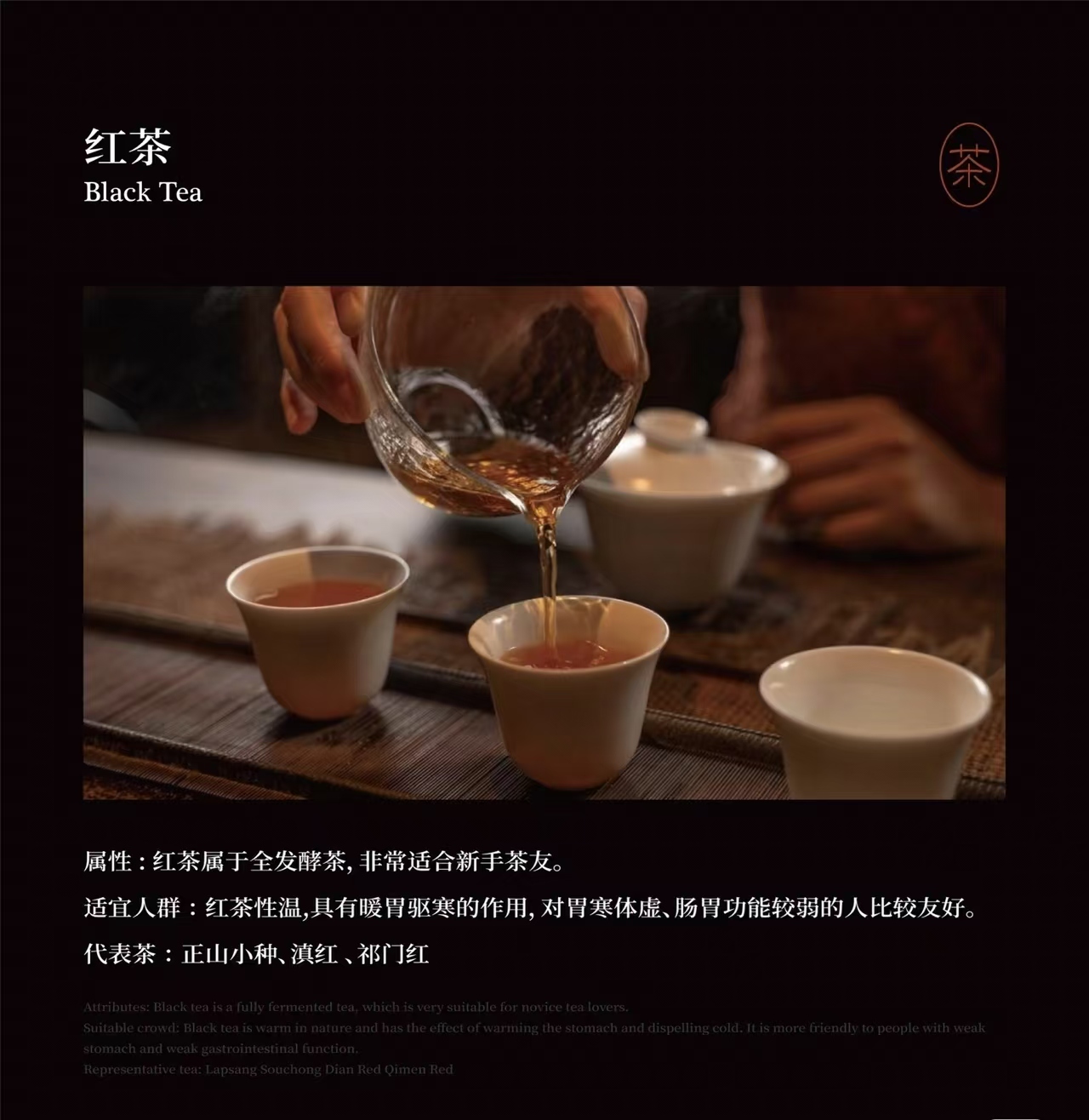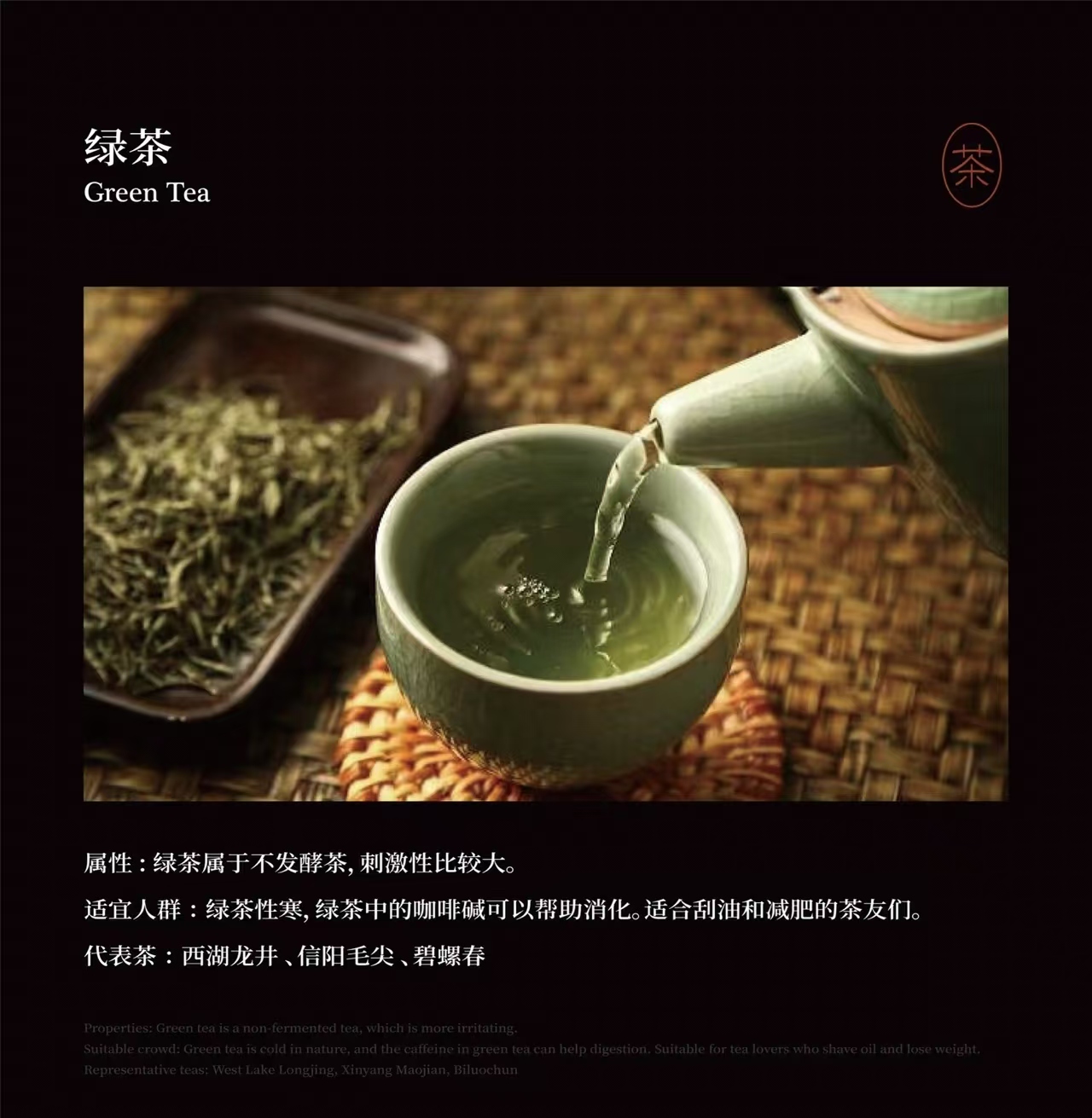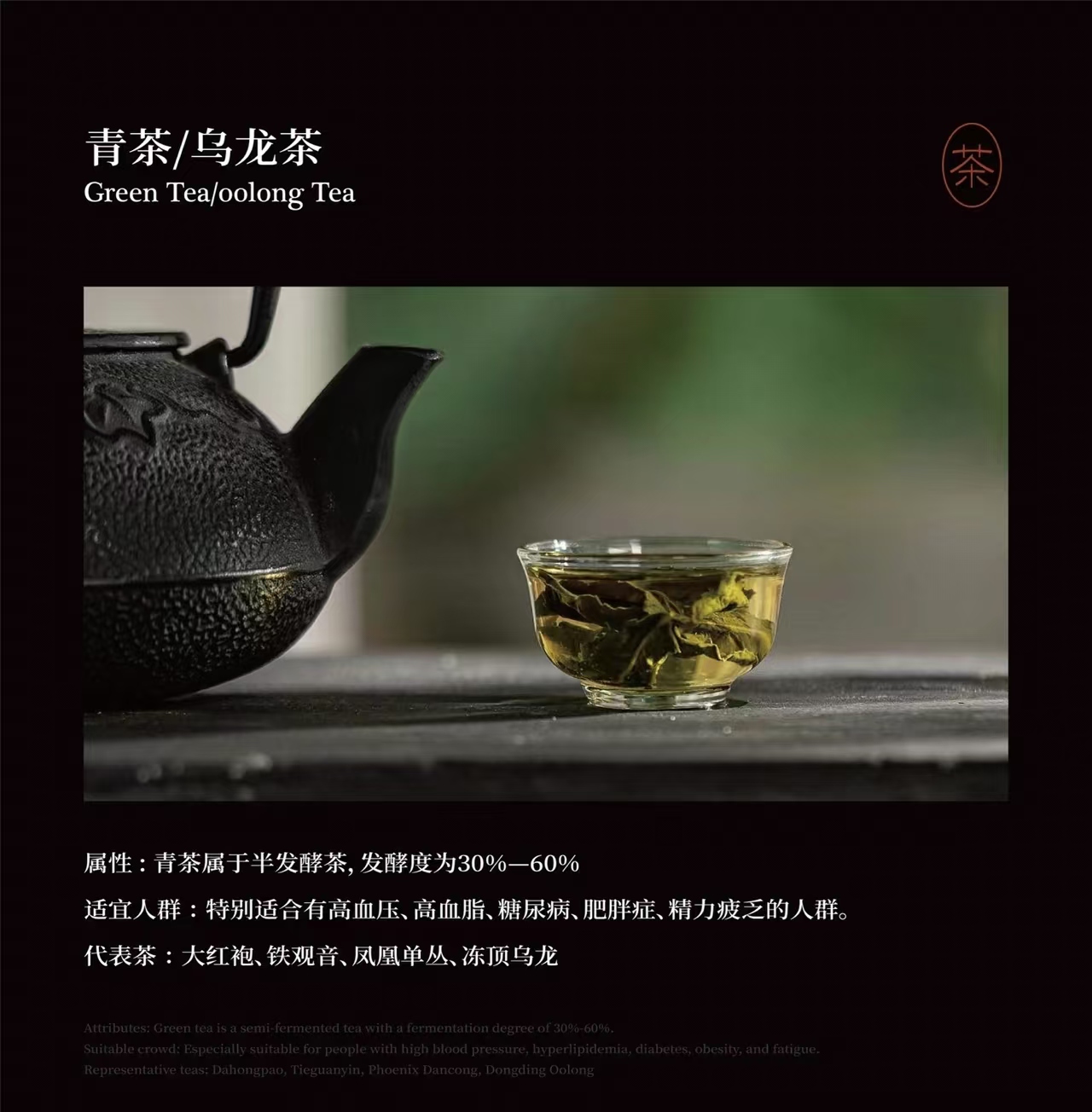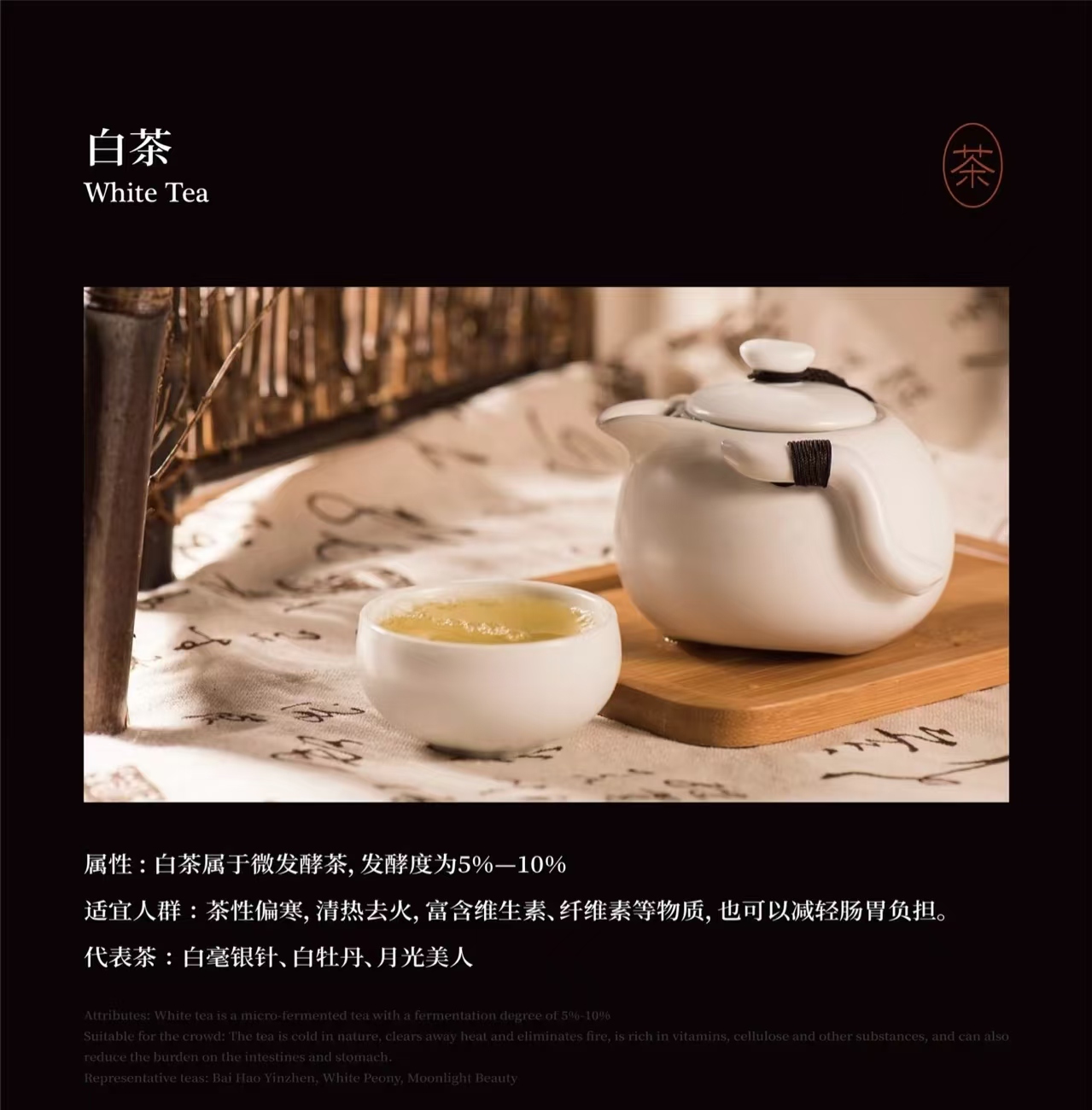Product categories
- All 21
- Black Tea 3
- Dark Tea 1
- Green Tea 2
- Oolong Tea 6
- Tea Set 5
- White Tea 2
- Yellow Tea 2
Filter By Price
Status

Need Help?
8/7
Jin Jun Mei Tea- Black Tea
$258.00 Select options This product has multiple variants. The options may be chosen on the product pageKeemun Black Tea – Black Tea
$78.00 – $88.00Price range: $78.00 through $88.00 Select options This product has multiple variants. The options may be chosen on the product pageLapsang Souchong Tea – Black Tea
$128.00 – $399.00Price range: $128.00 through $399.00 Select options This product has multiple variants. The options may be chosen on the product pageOur New Spice
Arrivals
Questions?
Speak with our team!
Black Tea: From Chinese Withering Rooms to Your Morning Cup
Hey tea lovers! 🍵 Ever wondered why black tea has that rich, bold flavor and gorgeous reddish hue? Or why it’s the go-to drink for cozy mornings and afternoon pick-me-ups? Let’s dive into the world of black tea—its fascinating production process, diverse varieties, brewing hacks, and surprising health perks. Whether you’re a tea newbie or a seasoned sipper, this guide has something brewing for you!
What Makes Black Tea Special?
Black tea is the rockstar of fermented teas. Unlike green tea (which skips fermentation) or oolong (partially fermented), black tea undergoes 80-100% fermentation. This full oxidation process transforms fresh tea leaves into a robust, aromatic brew with signature “red tea” vibes—think reddish-brown liquor, sweet malty notes, and fruity or floral undertones. Plus, it’s caffeine-rich but gentler on the stomach than coffee. Win-win!
From Leaf to Cup: How Black Tea Is Made
Let’s geek out on the production process—because science makes tea taste better!
- Withering: Freshly picked tea leaves are spread out to wilt, losing moisture and softening up. This step primes them for rolling.
- Rolling: The leaves are twisted or rolled to break their cell walls. This releases enzymes and juices, kickstarting oxidation.
- Oxidation (Fermentation): Here’s the magic! Exposure to oxygen turns the leaves dark brown/black. Enzymes react with polyphenols and pectin, creating thearubigins (for that ruby color) and theaflavins (for bold flavor).
- Drying: Heat stops oxidation, locks in flavor, and reduces moisture to ~3%. No high-temperature “kill-green” step here—unlike green tea!
The result? A smooth, full-bodied tea with zero grassy bitterness.
Black Tea Types: Which One’s Your Jam?
Not all black teas are created equal! Here’s the lowdown on the three main categories:
1. Lapsang Souchong (小种红茶): The OG Black Tea!
- Origin: Fujian, China. Smoky legend alert!
- Flavor: Campfire vibes! Pine-smoked, earthy, with a hint of dried fruit.
- Fun Fact: Traditionally dried over pinewood fires. Perfect for adventurous palates.
2. Gongfu Black Tea (功夫红茶): The Artisan’s Choice
- Origin: China (Keemun, Dianhong), India (Darjeeling).
- Flavor: Complex and layered—think cocoa, honey, or orchid notes.
- Why “Gongfu”: Named after the intricate skill (“kung fu”) needed to craft it.
3. Broken Black Tea (红碎茶): The Global Crowd-Pleaser
- Style: Crushed leaves for quick brewing.
- Uses: Masala chai, iced tea, milk tea. Strong and bold!
- Fun Fact: Over 70% of black tea exported worldwide is broken tea.
Brewing Black Tea Like a Pro ☕
Want to avoid bitter, sad tea? Follow these rules:
- Water Temp: 85–90°C (185–194°F). Exception: Smoky teas like Lapsang Souchong can handle boiling water.
- Leaf-to-Water Ratio: 5g tea per 130ml water (roughly 1 tsp per cup).
- Steep Time:
- First 3 infusions: 5 seconds (yes, seconds!).
- Later brews: Add 5–10 seconds each time.
- Don’t Oversteep! Too long = bitter, acidic, or “stewed” flavors.
Pro Tip: Use a gaiwan or teapot with a strainer. Rinse the leaves first for a cleaner taste!
Health Benefits: Why Sip Black Tea?
Beyond its cozy vibe, black tea packs a wellness punch:
- Antioxidant Powerhouse: Fights free radicals with polyphenols.
- Heart Health: May improve cholesterol and blood pressure.
- Gut-Friendly: Promotes good bacteria and aids digestion.
- Energy Boost: Steady caffeine release (less jittery than coffee!).
- Stress Relief: L-theanine promotes relaxation.
Note: Skip adding milk if you want max antioxidants!
Storing Black Tea: Keep It Fresh!
Black tea is a diva—it hates moisture, light, and weird smells. Here’s how to pamper it:
- Airtight Containers: Glass jars or tin cans work best.
- Cool & Dark Spot: No sunny windowsills!
- No Fridge: Humidity and food smells = tea disaster.
- Freeze for Long Storage: Seal in a vacuum bag if freezing.
How to Choose Quality Black Tea
- Look: Leaves should be dark, glossy, and whole (not dusty).
- Smell: Sweet, fruity, or floral—no musty odor!
- Origin Matters: Single-estate teas (e.g., Darjeeling, Yunnan) often trump blends.
Final Sips…
Black tea is more than just a breakfast staple—it’s a versatile, flavor-packed wonder with centuries of craft behind it. Whether you’re sipping a smoky Lapsang Souchong by the fireplace or shaking up a tropical iced tea, there’s a black tea for every mood. So next time you brew a cuppa, remember: those humble leaves have been on quite the journey!









